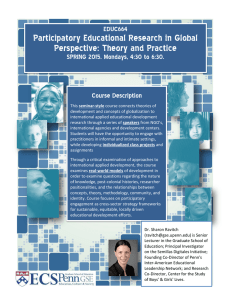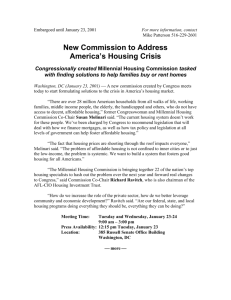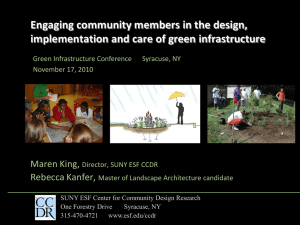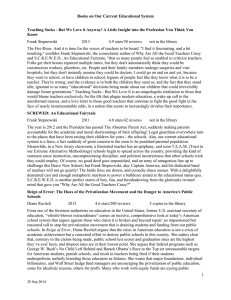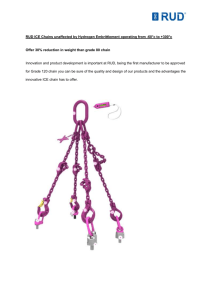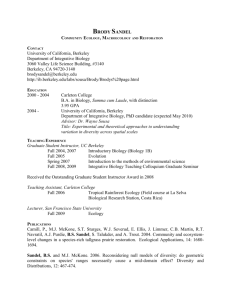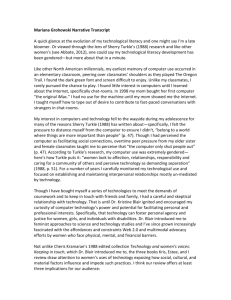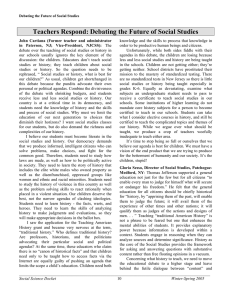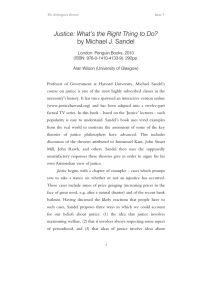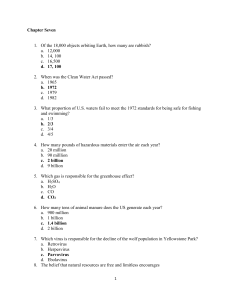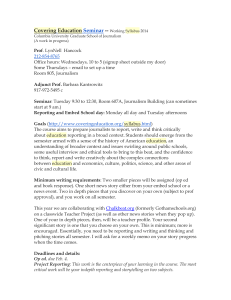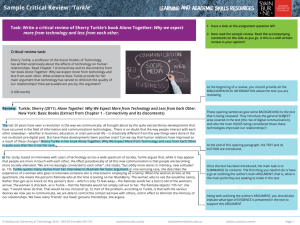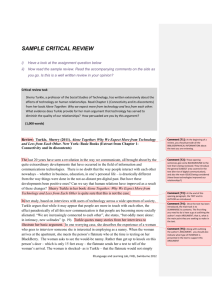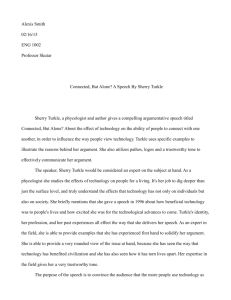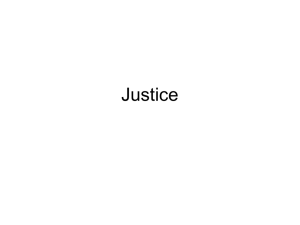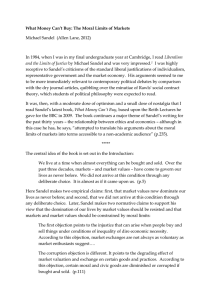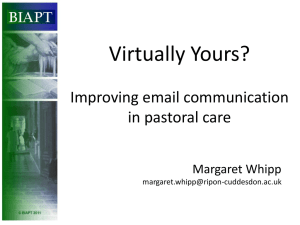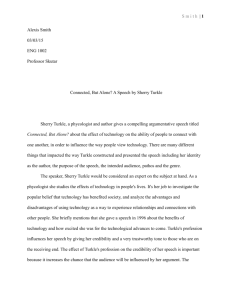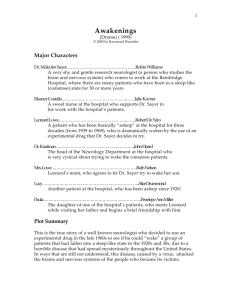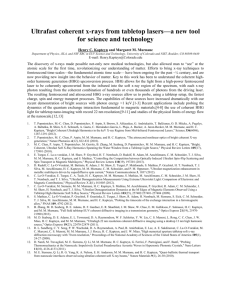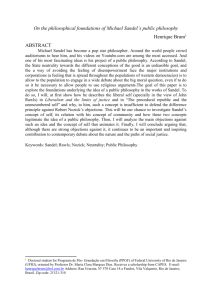Teachers College “Apple” lecture abstract Mary McGroarty April 19
advertisement
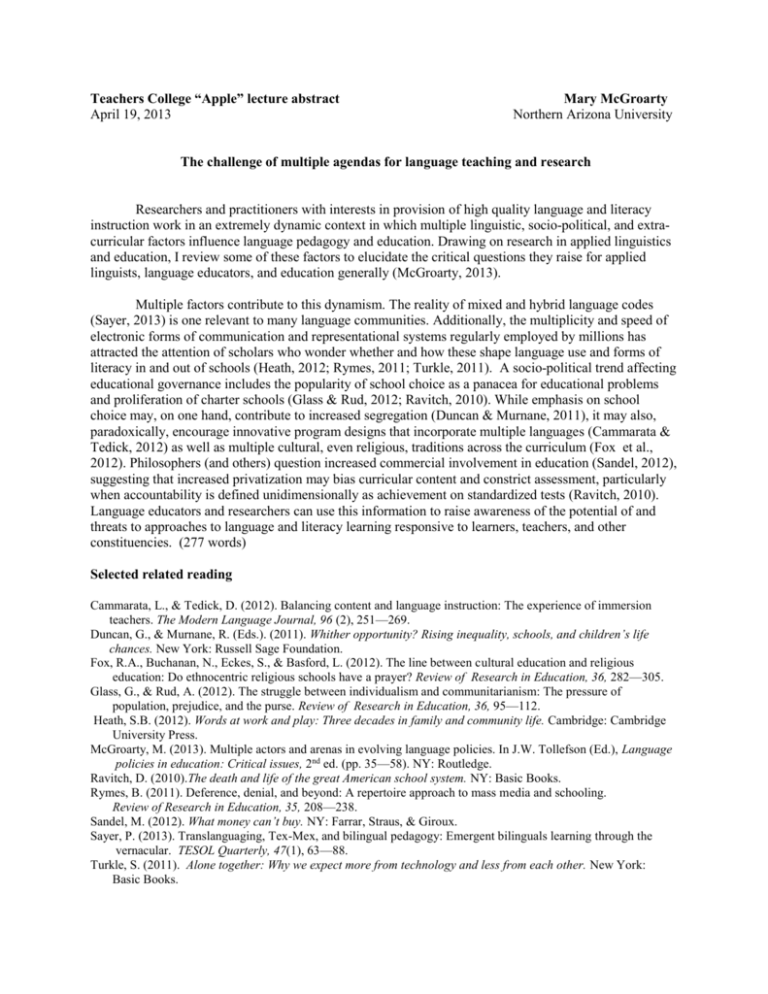
Teachers College “Apple” lecture abstract April 19, 2013 Mary McGroarty Northern Arizona University The challenge of multiple agendas for language teaching and research Researchers and practitioners with interests in provision of high quality language and literacy instruction work in an extremely dynamic context in which multiple linguistic, socio-political, and extracurricular factors influence language pedagogy and education. Drawing on research in applied linguistics and education, I review some of these factors to elucidate the critical questions they raise for applied linguists, language educators, and education generally (McGroarty, 2013). Multiple factors contribute to this dynamism. The reality of mixed and hybrid language codes (Sayer, 2013) is one relevant to many language communities. Additionally, the multiplicity and speed of electronic forms of communication and representational systems regularly employed by millions has attracted the attention of scholars who wonder whether and how these shape language use and forms of literacy in and out of schools (Heath, 2012; Rymes, 2011; Turkle, 2011). A socio-political trend affecting educational governance includes the popularity of school choice as a panacea for educational problems and proliferation of charter schools (Glass & Rud, 2012; Ravitch, 2010). While emphasis on school choice may, on one hand, contribute to increased segregation (Duncan & Murnane, 2011), it may also, paradoxically, encourage innovative program designs that incorporate multiple languages (Cammarata & Tedick, 2012) as well as multiple cultural, even religious, traditions across the curriculum (Fox et al., 2012). Philosophers (and others) question increased commercial involvement in education (Sandel, 2012), suggesting that increased privatization may bias curricular content and constrict assessment, particularly when accountability is defined unidimensionally as achievement on standardized tests (Ravitch, 2010). Language educators and researchers can use this information to raise awareness of the potential of and threats to approaches to language and literacy learning responsive to learners, teachers, and other constituencies. (277 words) Selected related reading Cammarata, L., & Tedick, D. (2012). Balancing content and language instruction: The experience of immersion teachers. The Modern Language Journal, 96 (2), 251—269. Duncan, G., & Murnane, R. (Eds.). (2011). Whither opportunity? Rising inequality, schools, and children’s life chances. New York: Russell Sage Foundation. Fox, R.A., Buchanan, N., Eckes, S., & Basford, L. (2012). The line between cultural education and religious education: Do ethnocentric religious schools have a prayer? Review of Research in Education, 36, 282—305. Glass, G., & Rud, A. (2012). The struggle between individualism and communitarianism: The pressure of population, prejudice, and the purse. Review of Research in Education, 36, 95—112. Heath, S.B. (2012). Words at work and play: Three decades in family and community life. Cambridge: Cambridge University Press. McGroarty, M. (2013). Multiple actors and arenas in evolving language policies. In J.W. Tollefson (Ed.), Language policies in education: Critical issues, 2nd ed. (pp. 35—58). NY: Routledge. Ravitch, D. (2010).The death and life of the great American school system. NY: Basic Books. Rymes, B. (2011). Deference, denial, and beyond: A repertoire approach to mass media and schooling. Review of Research in Education, 35, 208—238. Sandel, M. (2012). What money can’t buy. NY: Farrar, Straus, & Giroux. Sayer, P. (2013). Translanguaging, Tex-Mex, and bilingual pedagogy: Emergent bilinguals learning through the vernacular. TESOL Quarterly, 47(1), 63—88. Turkle, S. (2011). Alone together: Why we expect more from technology and less from each other. New York: Basic Books.
